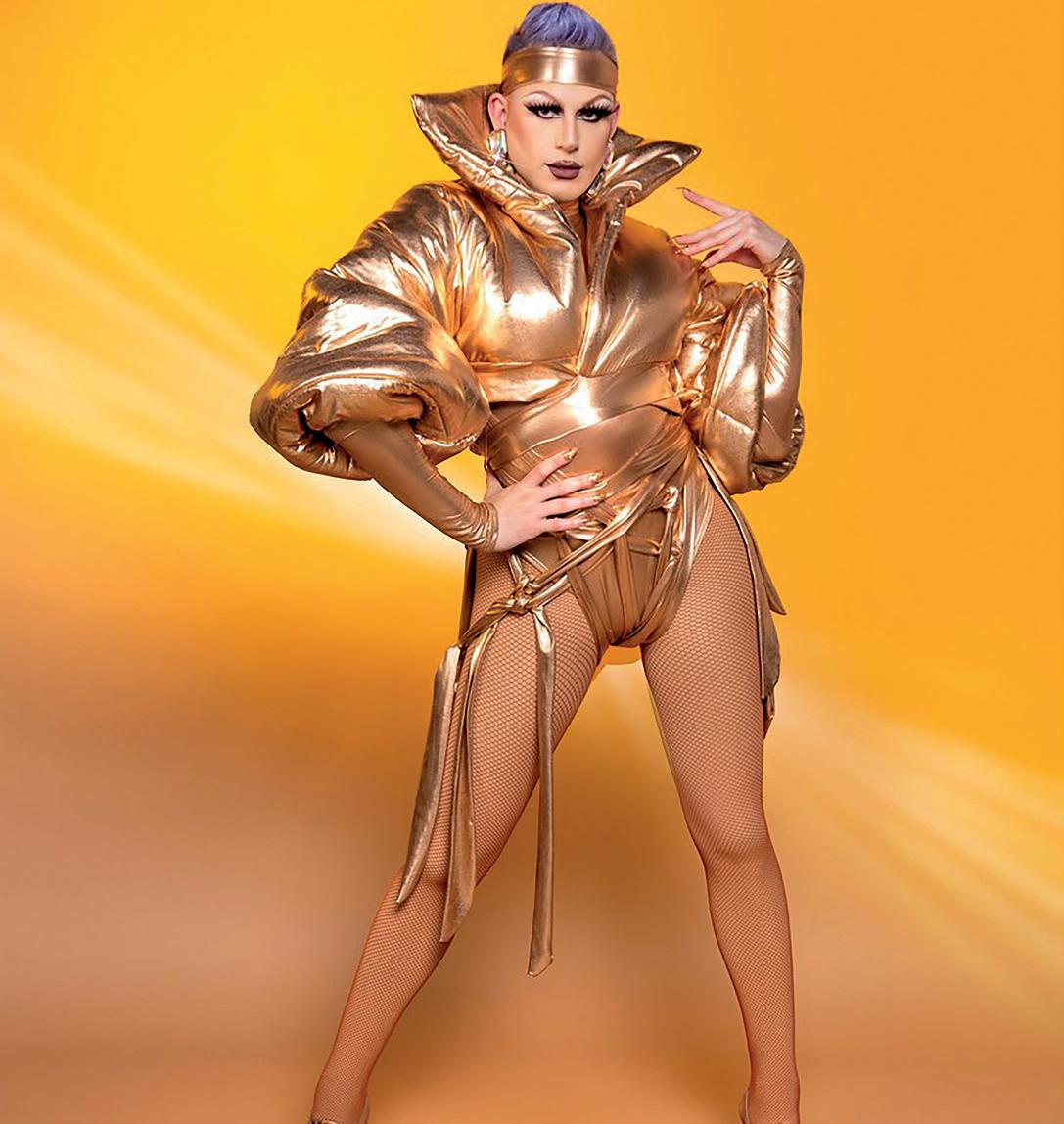
2 minute read
Queer TV
by Exeposé
Screen writers discuss their queer TV shows
High School
Advertisement
BASED on the memoir of the same name, High School is an autobiographical drama based on the lives of Canadian singers Tegan and Sara filled with 90s grunge nostalgia. The comingof-age story was co-written by Clea DuVall (known for the queer cult classic But I’m A Cheerleader ) and handles the twins’ respective experiences of queer love, foregrounded against their changing sibling relationship when starting a new high school. The first episode follows Tegan and Sara using alternating points of view on their first day of the semester, drawing attention to their different personalities. Soon it becomes apparent Sara, the more rebellious of the two, is actually hiding a romantic relationship with a female friend. Meanwhile, Tegan feels responsible for stopping her sister’s self-destructive behaviour and has yet to acknowledge her own attraction to women. Though the series seems aimed at a teenage audience, its depiction of topics like depression are particularly poignant as it shows how even those who have strong support systems can feel isolated in their experiences of queerness. The turning point of the show occurs when the sisters discover their talent for making music and their similarities triumph over their differences.
The young cast, including the Gilliland sisters who were discovered on TikTok, give a heartfelt performance that feels instantly believable. Other characters never feel two dimensional, such as the girls’ mother, an over wrought social worker who desperately wants to connect with her daugh ters whilst carrying the emotional toll of her job. You don’t have to be familiar with the duo’s music to empathise with their story of teenage selfdiscovery that centres LGBTQ+ experiences in a subtle and nuanced way.
Lucy Facer
Ru Paul’s Drag Race
WHEN thinking of queer TV shows, Ru Paul’s Drag Race cannot be ignored. With its release in 2009 and still running today, the show has popularised the art of drag and allowed viewers to be able to gaze into the lives of iconic queens. The show has created and is still creating an open and safe space for queer artists to display their expression of gender and has even led to some queens entering the modelling world; the popularity of the show allowing drag queens to reach supermodel status. Some examples of this are Violet Chachki running for Moschino’s FW ‘18 show at Milan Fashion Week, Milk running for Marc Jacobs out of drag, Bimini Bon Boulash (my favourite drag queen from UK seasons!) being signed with NEXT Man - agement London, and Gigi Goode and Naomi Smalls being signed with One Management. One of my personal favourite US seasons is Season 10. This could be because it was the first season I watched, however it could also be because one of my favourite queens of all time won the season; Aquaria at only 21 years old! Her style of drag is very high fashion; her aim being “expanding people’s perceptions of beauty, style and gender”. The performance of beauty, style and gender within the runways was nailed by Aquaria week on week, serving looks every episode. In one of the episodes, where each of the queens have to create a look for their inner saboteur, Aquaria spoke on her need for perfection in her looks rooting from deep insecurities and self-doubt. This vulnerability that Aquaria shows in her looks and the other drag queens discuss in ‘confessional’ parts of the episodes are what illuminates the comfortability, inclusivity and accessibility of the show. This openness that the reality series shares with its audience allows us to be immersed in the world of drag queens and feeling situated within an inclusive, friendly space, where no matter your sexuality or identity, you can belong within the world of the show, making it an epochal piece of queer TV.
Willow Cracknell










